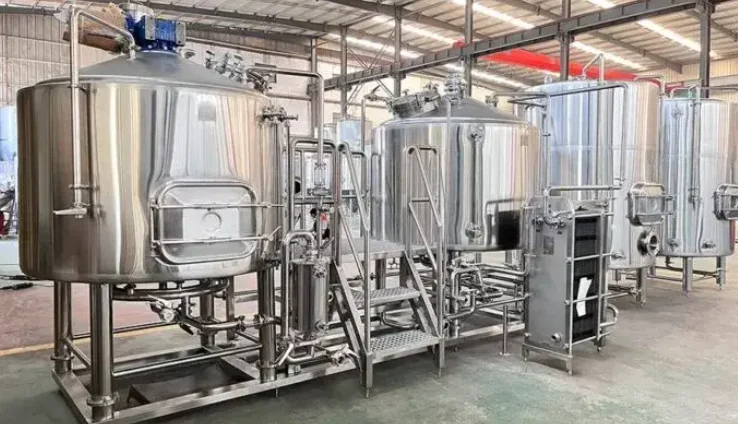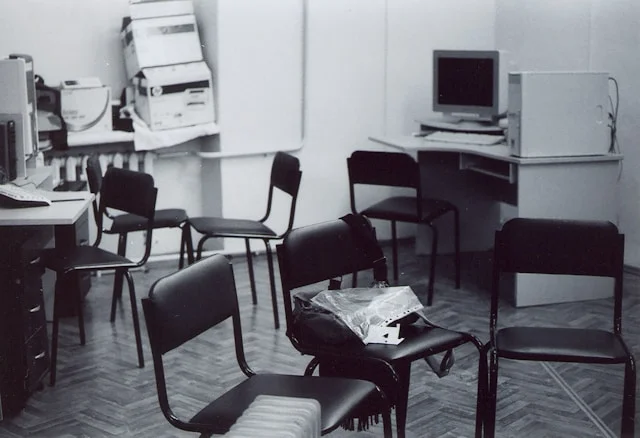Introduction
The dream of opening a commercial brewery has inspired countless entrepreneurs, craft beer enthusiasts, and restaurateurs. But while passion for beer fuels the vision, the practical reality comes down to one key question: how much does it cost to set up a brewery?
Starting a commercial brewery requires significant upfront investment, careful planning, and ongoing operational capital. Costs can vary dramatically depending on the size of the brewery, location, and business model, ranging anywhere from a few hundred thousand dollars to several million.
This article breaks down the key expenses associated with setting up a commercial brewery, from licensing and equipment to utilities, construction, and staffing. Understanding these costs helps prospective brewery owners build realistic budgets, attract investors, and prepare for long-term success.
Factors That Influence Brewery Startup Costs
Scale of the Brewery
- Nano-Brewery (1–3 bbl): Small-scale, often under $250,000 in startup costs.
- Microbrewery (5–15 bbl): Mid-size, with costs ranging from $500,000–$1.5 million.
- Regional Brewery (20–50 bbl and beyond): Large production breweries often exceed $2–5 million in costs.
Location and Real Estate
Breweries located in major cities face higher rent, renovation, and utility costs compared to rural or suburban operations. Locations with taprooms require additional buildout expenses.
Business Model
A production-only brewery will have different cost allocations compared to a brewpub (which combines brewing and food service) or a contract brewery (which outsources production).
Licensing, Permits, and Legal Costs
Federal and State Licensing
- Federal Brewer’s Notice: Required by the Alcohol and Tobacco Tax and Trade Bureau (TTB).
- State Brewing License: Varies by state, ranging from a few hundred to several thousand dollars.
Local Permits
- Building permits.
- Zoning approvals.
- Health department inspections.
- Fire safety compliance.
Estimated Cost: $5,000–$50,000 depending on complexity and location.
Brewery Equipment Costs
Brewhouse System
The brewhouse is the core of any brewery. Equipment includes:
- Mash tun, lauter tun, brew kettle, whirlpool.
- Hot liquor tank (HLT) and cold liquor tank (CLT).
- Piping, pumps, and control systems.
Estimated Cost:
- 5–10 bbl system: $100,000–$250,000.
- 15–30 bbl system: $300,000–$750,000.
- 50+ bbl system: $1 million or more.
Fermenters and Brite Tanks
Fermenters are sized to match or exceed brewhouse capacity. Brite tanks are used for conditioning and packaging.
Estimated Cost: $10,000–$25,000 per tank, depending on size and features.
Glycol Cooling System
A glycol chiller system regulates fermentation temperatures.
Estimated Cost: $15,000–$100,000 depending on brewery size.
Boilers and Steam Systems
Steam boilers heat the brewhouse vessels.
Estimated Cost: $10,000–$80,000 depending on scale.
Pumps, Hoses, and Fittings
Small but essential items often add up quickly.
Estimated Cost: $10,000–$30,000.
Utilities and Infrastructure
Electrical and Plumbing
Breweries require upgraded electrical panels, high-voltage outlets, and reinforced plumbing for water supply and drainage.
Estimated Cost: $50,000–$150,000 depending on facility condition.
Water Treatment Systems
Water chemistry plays a critical role in brewing. Reverse osmosis systems, carbon filters, or softeners may be required.
Estimated Cost: $5,000–$50,000.
Ventilation and HVAC
Boiling wort generates steam, and fermentation produces CO₂. Proper ventilation and HVAC systems are critical.
Estimated Cost: $10,000–$75,000.
Facility and Construction Costs
Renovations and Buildout
Most breweries require extensive renovations to convert warehouses or retail spaces into brewing facilities. Construction expenses include:
- Flooring (epoxy or sloped concrete).
- Drainage systems.
- Walls and ceilings to handle humidity.
- Taproom buildouts (if applicable).
Estimated Cost: $50,000–$500,000 depending on size and complexity.
Furniture and Taproom Setup
If operating a taproom or brewpub, add costs for bars, seating, décor, and serving systems.
Estimated Cost: $20,000–$150,000.
Packaging and Distribution Equipment
Kegging System
Keg washers and fillers are essential for wholesale distribution.
Estimated Cost: $10,000–$50,000.
Bottling or Canning Lines
Packaging lines vary dramatically in cost and throughput.
- Small-scale manual systems: $10,000–$50,000.
- Semi-automated lines: $100,000–$250,000.
- High-capacity automated lines: $500,000–$1 million+.
Cold Storage
Refrigerated storage is necessary for packaged beer.
Estimated Cost: $10,000–$100,000.
Staffing and Labor
Brewery Staff
- Brewers and assistant brewers.
- Packaging staff.
- Quality control technicians.
Taproom Staff (if applicable)
- Bartenders and servers.
- Kitchen staff (for brewpubs).
Estimated Annual Payroll: $150,000–$500,000 depending on size.
Quality Control and Lab Equipment
A quality control lab ensures consistent beer quality. Equipment may include:
- Microscopes and cell counters for yeast management.
- pH meters and hydrometers.
- Oxygen meters and spectrophotometers.
Estimated Cost: $10,000–$100,000.
Marketing, Branding, and Initial Inventory
Branding and Design
Logo design, packaging design, and initial marketing campaigns.
Estimated Cost: $10,000–$50,000.
Launch Inventory
Ingredients for the first few batches of beer, including malt, hops, yeast, and adjuncts.
Estimated Cost: $5,000–$25,000.
Contingency and Working Capital
Contingency Funds
Unexpected costs are inevitable. Experts recommend setting aside at least 10–15% of total startup costs for contingencies.
Working Capital
Breweries need enough operating capital to sustain at least 6–12 months of expenses until revenue stabilizes. This includes rent, payroll, utilities, and raw materials.
Estimated Requirement: $100,000–$500,000.
Total Estimated Costs
While exact figures vary, here’s a rough breakdown by scale:
- Nano-Brewery (1–3 bbl): $100,000–$250,000.
- Small Microbrewery (5–10 bbl): $500,000–$1 million.
- Mid-Size Brewery (15–30 bbl): $1–2.5 million.
- Regional Brewery (50+ bbl): $2–5+ million.
These estimates include equipment, construction, permits, and working capital, though taproom-heavy models may lean higher on the buildout side.
Cost-Saving Strategies
Buy Used Equipment
Many startups save by purchasing used brewhouses, fermenters, or canning lines. However, used equipment may lack warranties and could require modifications.
Lease or Finance
Leasing brewing equipment reduces upfront capital requirements. Financing spreads costs over several years, easing cash flow strain.
Start Small, Scale Later
Breweries can start with smaller brewhouses and expand capacity as demand grows. Modular equipment helps accommodate growth.
Outsourcing Packaging
Some breweries use mobile canning services to delay investing in expensive packaging lines.
Conclusion
Setting up a commercial brewery is a capital-intensive venture, but one that can yield long-term rewards with proper planning. By breaking down costs into equipment, construction, utilities, licensing, staff, and working capital, aspiring brewers can build realistic budgets and avoid unpleasant surprises.
Whether launching a nano-brewery or a large regional facility, success depends on more than passion—it requires disciplined financial planning, smart investment in equipment, and enough working capital to weather the early months. With careful preparation, breweries can build a sustainable foundation to turn a love for beer into a thriving business. Micet Craft Brewing Equipment Manufacturers
FAQs
1. What is the biggest expense when setting up a brewery?
The brewhouse system and fermentation tanks typically represent the largest single expense. Depending on size, these can cost several hundred thousand dollars or more. Construction and renovation costs can also rival equipment costs in some locations.
2. Can I start a brewery for under $100,000?
It is possible to start a very small nano-brewery or pilot system under $100,000, especially if using used equipment and focusing on taproom-only sales. However, for a full-scale commercial brewery, budgets usually exceed $250,000.
3. How long does it take for a brewery to become profitable?
Profitability timelines vary. Many breweries take 2–3 years to reach consistent profitability, depending on size, distribution strategy, and market conditions. Having sufficient working capital is crucial for survival during the startup phase.


